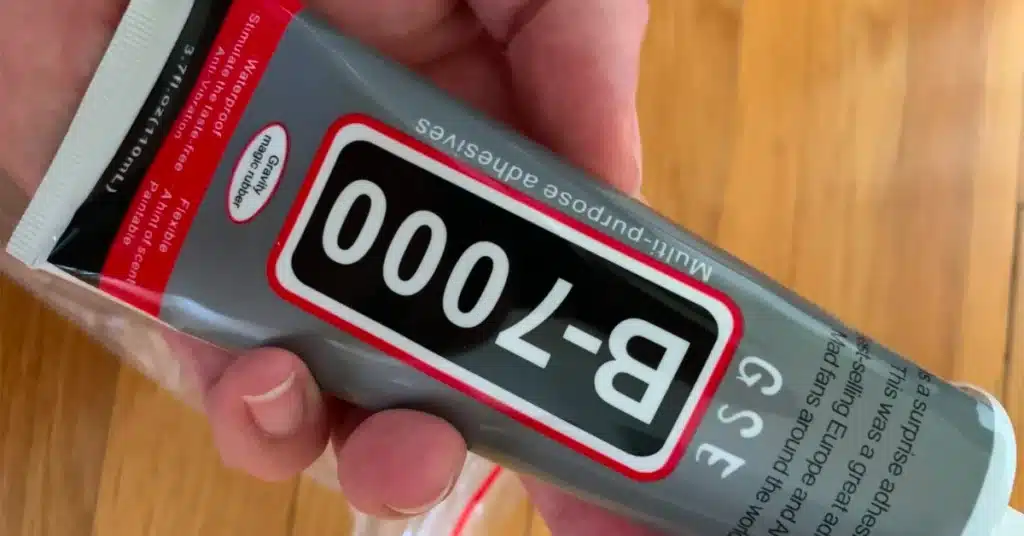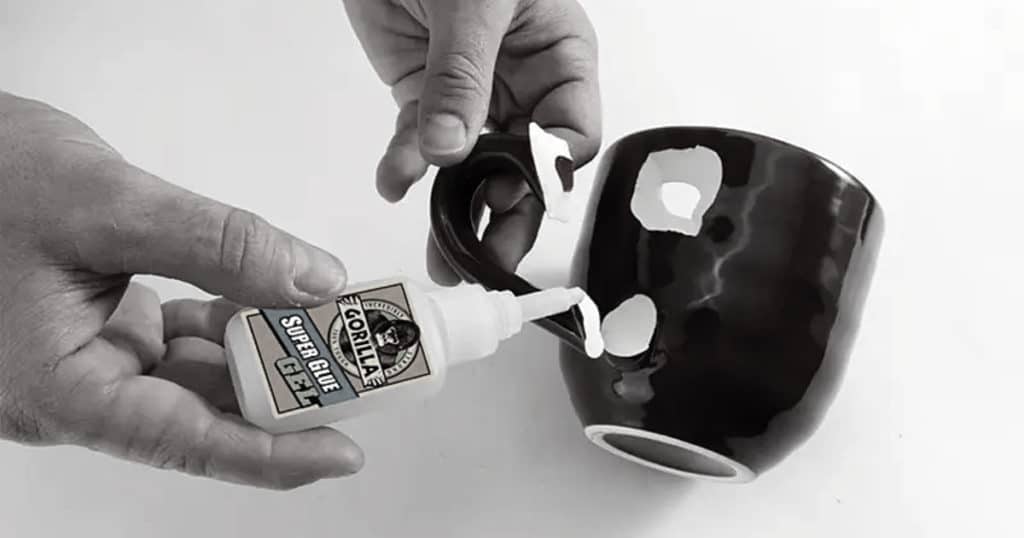Just like me and the others, at some point or other, you have used both B7000 and Super Glue for your versatile project. But have you ever wondered which of these adhesives are better? Or why did you buy one over the other?
I bet you didn’t. But I did. And from such thoughts, I decided to compare B7000 vs. Super Glue in great detail and understand why I bought one over the other.
After the comparison, I have shared my findings and verdict so that you, too, know what are the differences between these adhesives and pick the best one without any hesitation.
Read More: E6000 vs. B7000
Read More: Liquid Nails vs. Super Glue
B7000 vs. Super Glue
Although both the B7000 and Super Glue are strong adhesives used for different purposes, there are some notable differences between them.
Even though I have discussed these differences in detail below, first, take a look at the table for a quick glance.
| Properties | B7000 Adhesive | Super Glue |
| Made From | Polymeric materials | Cyanoacrylate |
| Heat Resistance | 90° F | 220° F |
| Compatible Material | PVC, ABS, nylon, metals, glass, ceramics, and other materials, | Plastic, wood, metal, ceramic, rubber, leather, paper, and more |
| Dry Time | 3-6 minutes | 10-45 seconds |
| Applicator | Threaded Needle | Precision Tip Nozzle, Fine Bristle Brush |
| Flexibility When Cured | Incredibly Flexible | Rigid |
| Price | Affordable | Expensive |

What Are The Differences Between B7000 and Super Glue?
From the table, you know how B7000 and Super Glue differ from each other. Now, let me discuss these differences in detail for your further understanding.
Heat Resistance
The durability and workability of an adhesive depend greatly on the amount of heat it can withstand. And when it comes to the heat resistant level of the B7000 and Super Glue, there is a significant difference between them.
For starters, even though it is made with Polymeric materials, the B7000 adhesive can only resist 90° F of heat before it melts apart.
Such a low-temperature range not only makes it less suitable for “high-temperature” use but also limits its durability greatly.
On the other hand, Super Glue can withstand a whooping 220° F of heat before melting apart. This characteristic makes it one of the most durable adhesives in the market.
Read More: B7000 Vs. T7000
Dry Time
When comparing the dry time of both these adhesives, I realized that one is drying way faster than the other.
When testing the B7000 adhesive, I noticed that it takes 3-6 minutes to set and dry properly. You might feel a bit annoyed waiting for so long.
But then again, the same cannot be said about the Super Glue. This adhesive takes just about 10-45 seconds to set and dry.
However, both these adhesive takes longer hours to cure completely.
Applicator
B7000 adhesive is liquid. And therefore, it comes with a threaded needle for ease of application. This needle makes it easier for you to apply the glue more precisely.
However, interestingly enough, the Super Glue comes with two types of applicators (Precision Tip Nozzle and Fine Bristle Brush) for versatility.
These two applicators give you more control over the whole glue application process.

Read More: B6000 Vs. B7000
Last Opinion
After a thorough comparison of B7000 vs. Super Glue, I came to the verdict that I will, henceforth, buy Super Glue instead of B7000 adhesive.
And there are reasons behind my decision. Even though the Super Glue is a bit expensive, it’s worth the price. This glue sets to a permanent bond in just 10-45 seconds, wasting no time.
Moreover, it has a super high temperature-resistant level, which makes it incredibly durable. Even under extreme conditions, this adhesive won’t come off like the others.

